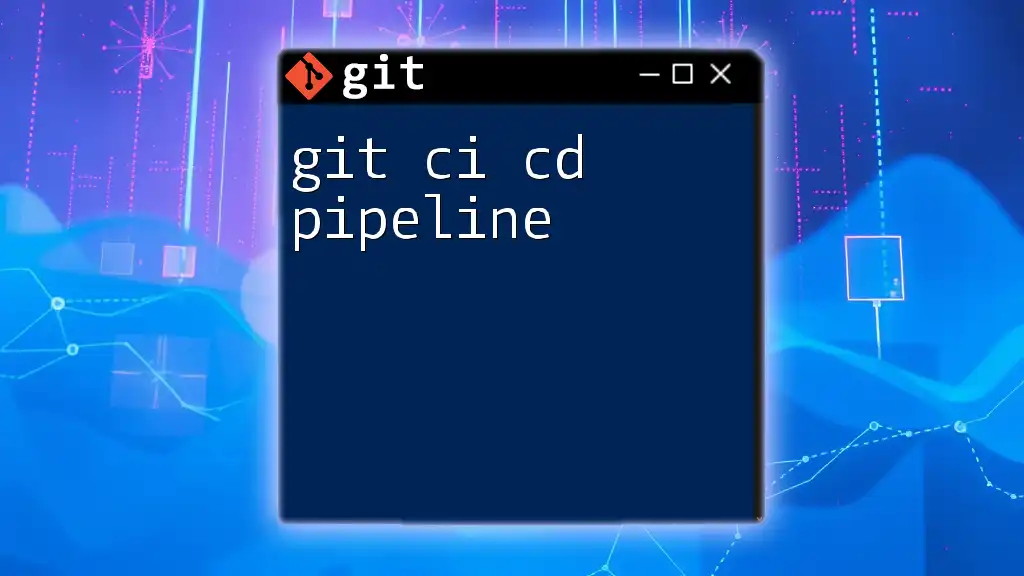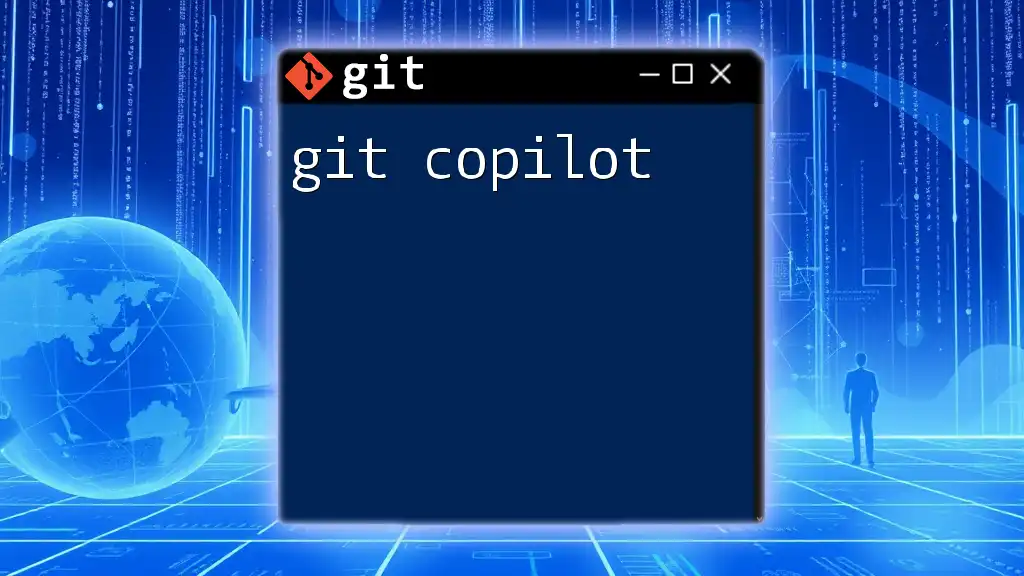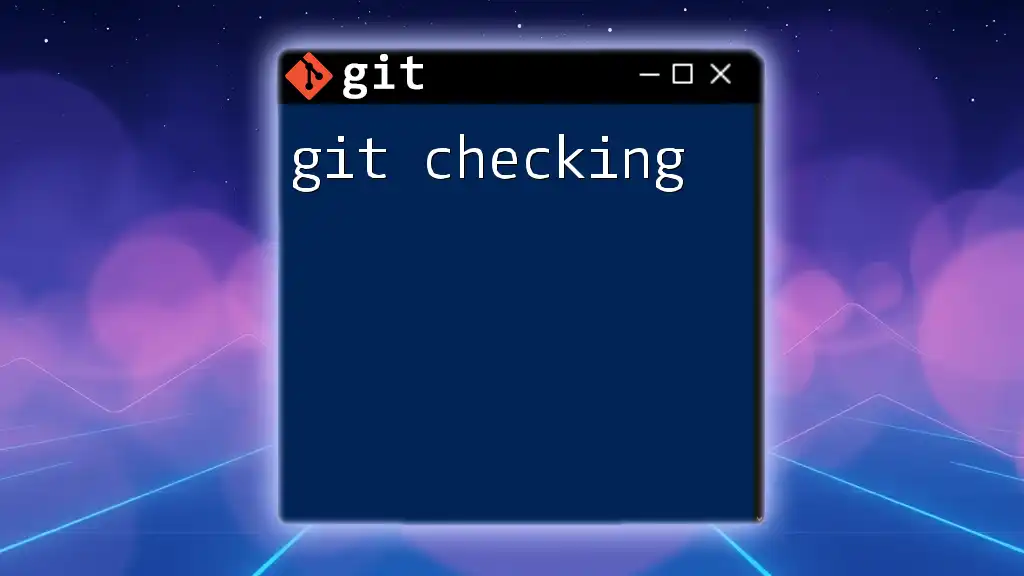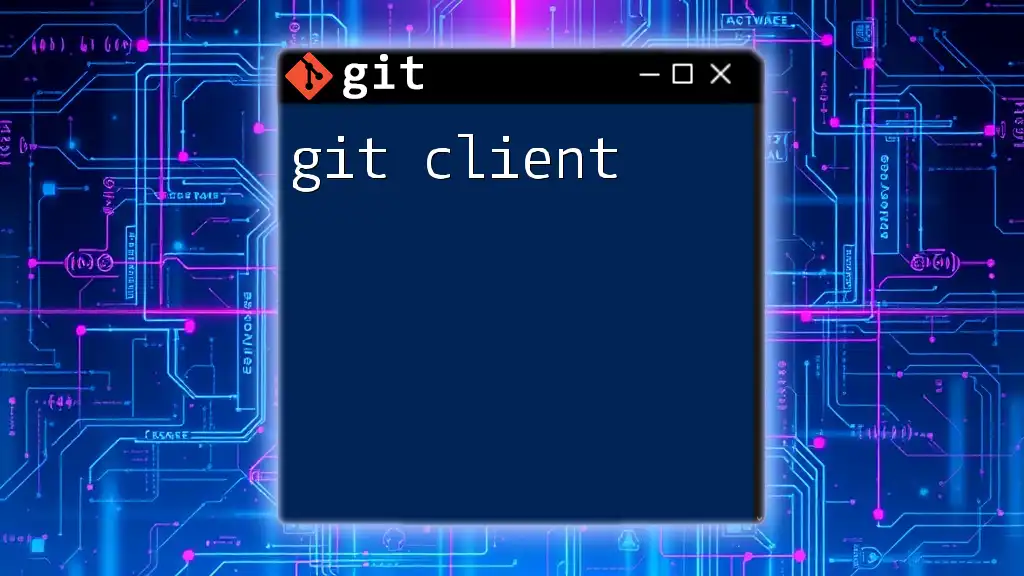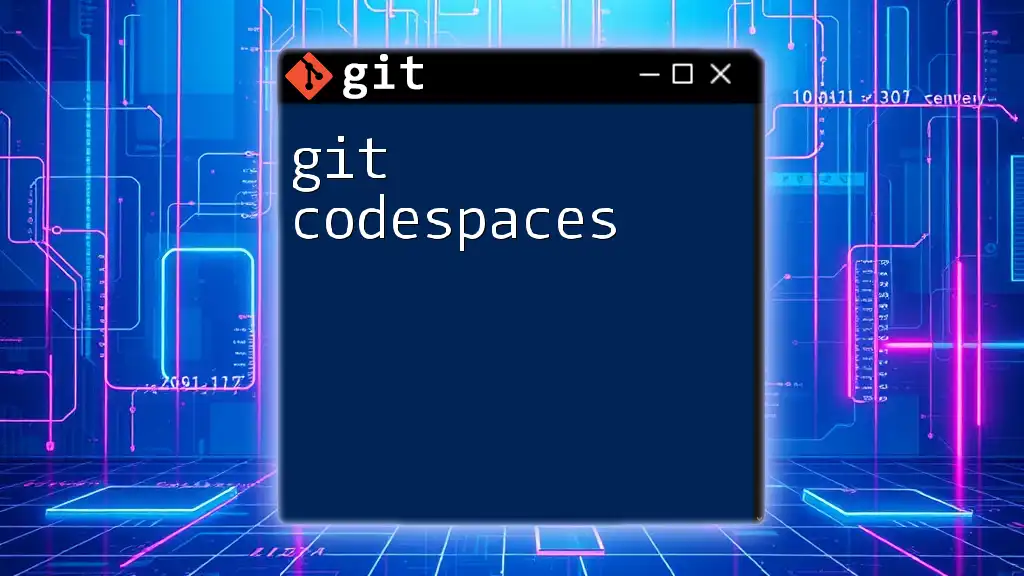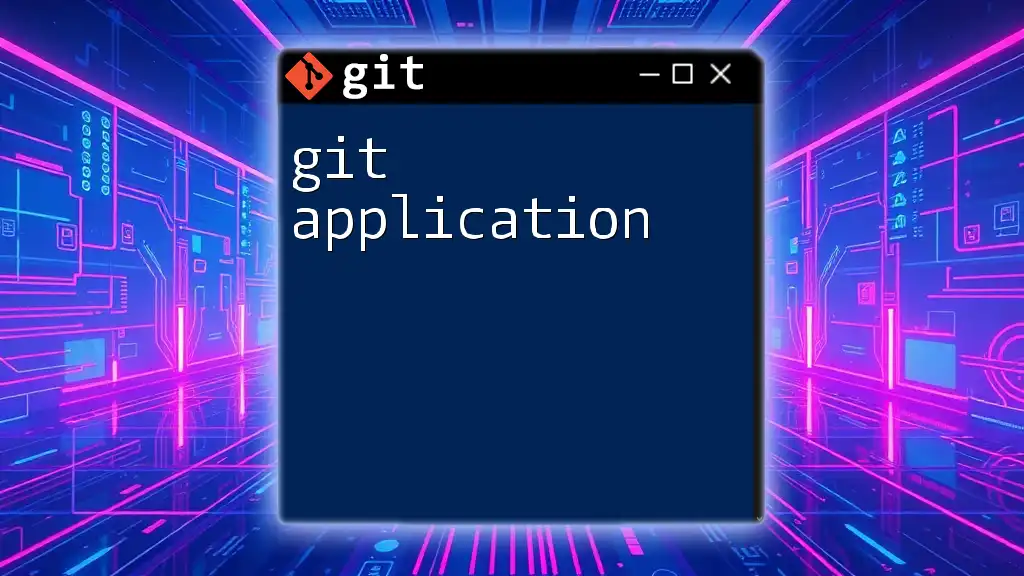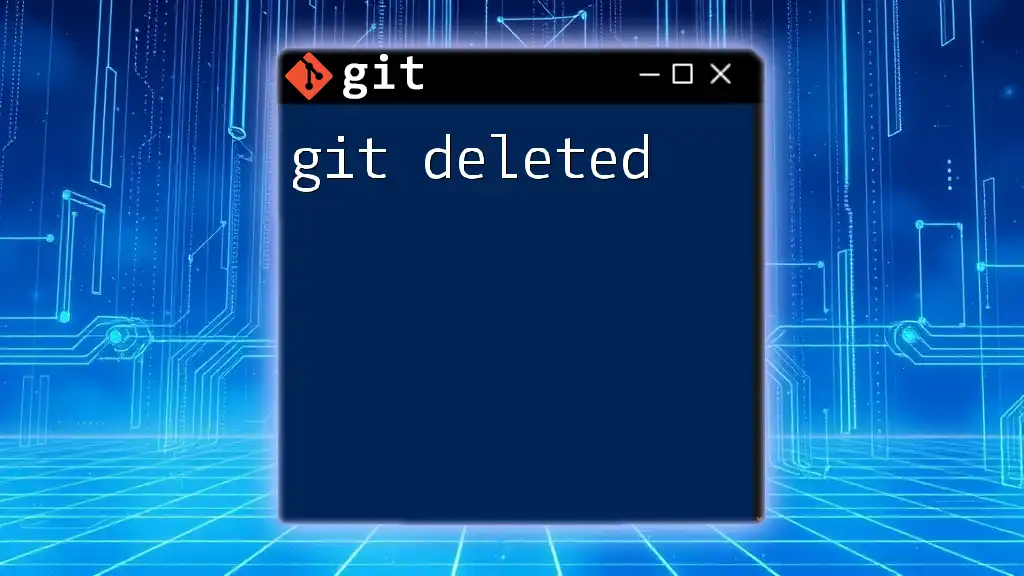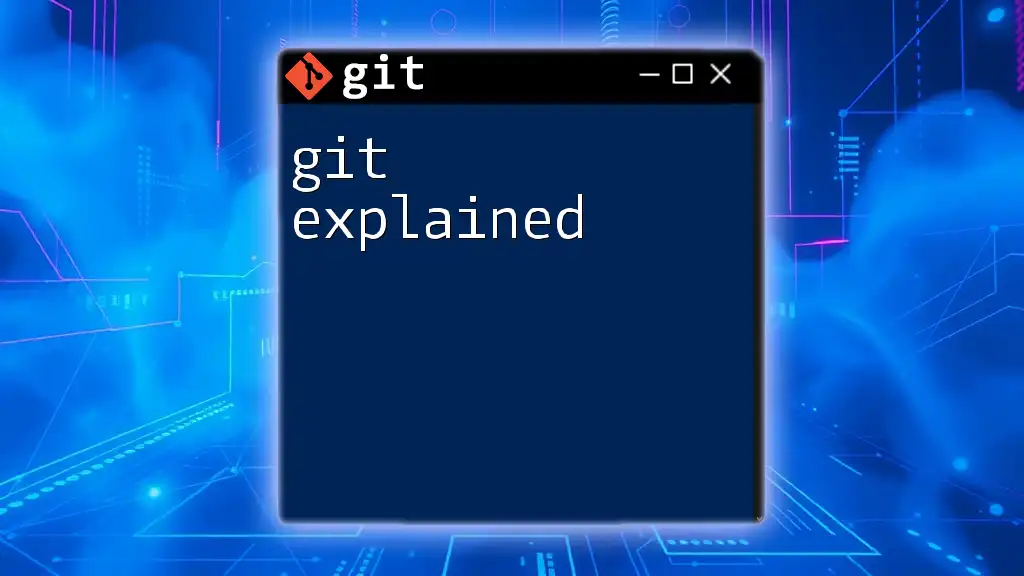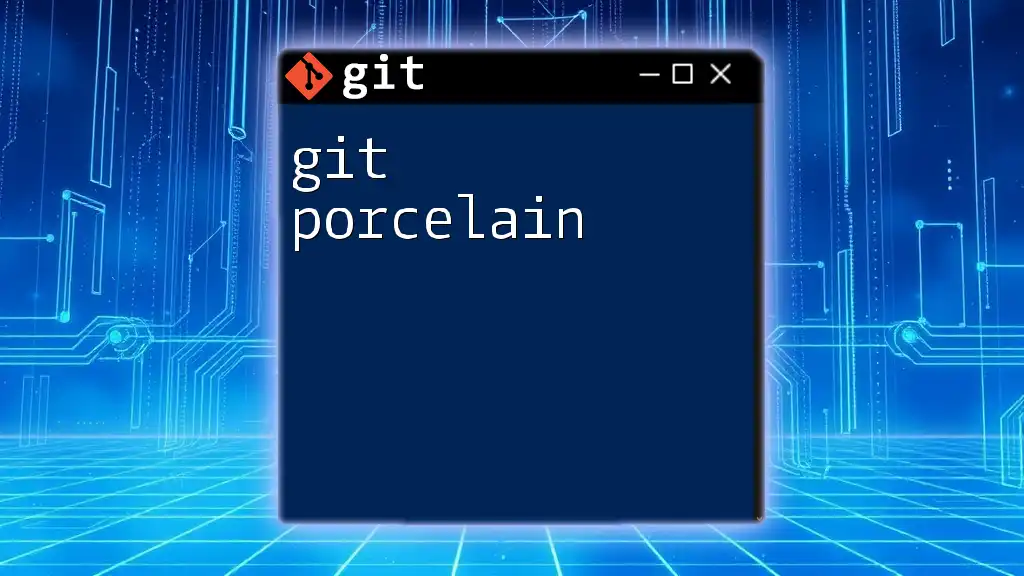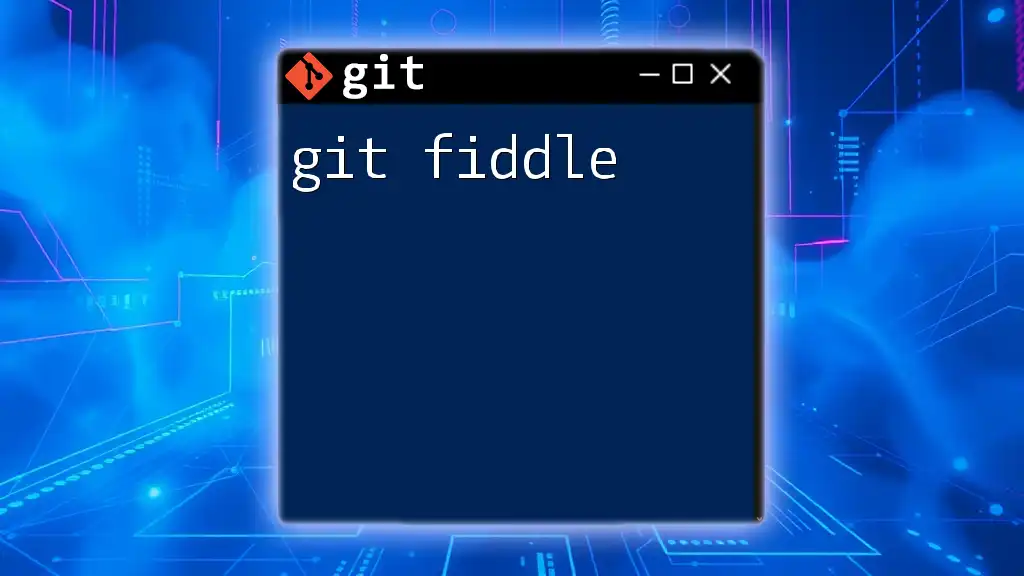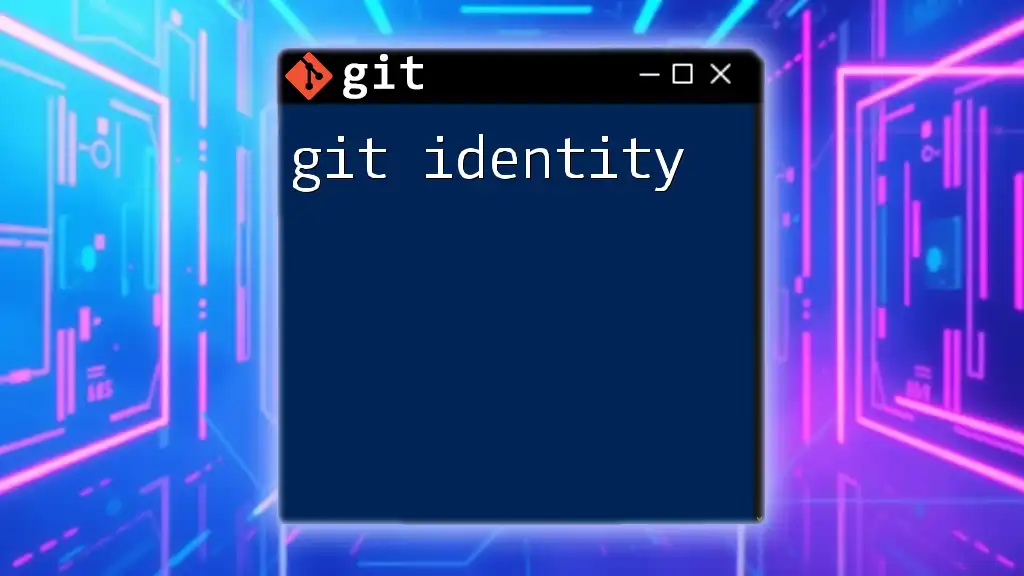A Git CI/CD pipeline automates the process of integrating code changes and deploying them to production environments, ensuring that software updates can be delivered efficiently and reliably.
Here's a simple example of a Git command to initiate a CI/CD pipeline using GitHub Actions:
name: CI/CD Pipeline
on:
push:
branches:
- main
jobs:
build:
runs-on: ubuntu-latest
steps:
- name: Checkout code
uses: actions/checkout@v2
- name: Set up Node.js
uses: actions/setup-node@v2
with:
node-version: '14'
- name: Install dependencies
run: npm install
- name: Run tests
run: npm test
- name: Deploy to production
run: npm run deploy
Understanding CI/CD
What is Continuous Integration (CI)?
Continuous Integration (CI) is a development practice where developers frequently integrate their code changes into a shared repository. This process is accompanied by automatic builds and tests, allowing teams to detect errors quickly and improve software quality. The key benefits of CI include improved collaboration among team members, a faster feedback loop, and a significant reduction in integration issues that typically arise when multiple developers are working on a project.
How CI Works
The CI process involves automatic building and testing of code each time changes are made. This ensures that new integrations do not break the existing codebase. Popular CI tools like Jenkins, Travis CI, and CircleCI can integrate seamlessly with Git to enable this functionality.
What is Continuous Deployment/Delivery (CD)?
Continuous Deployment (CD) extends the CI process by automating the release of new software versions to production. Continuous Delivery, on the other hand, ensures that code changes are automatically prepared for deployment but require manual approval to go live. The distinction between CD and Continuous Delivery lies primarily in the level of automation.
The key benefits of CD include faster delivery of new features to users and reduced risk associated with releases, as changes are smaller and more manageable. The process ensures that software is always in a deployable state, which helps improve business agility.
How CD Works
In a standard CD pipeline, code changes are automatically deployed to production or staging environments after passing automated tests. This automation can include deploying to cloud services, updating databases, or even notifying stakeholders. Tools like GitHub Actions, GitLab CI/CD, and AWS CodePipeline are commonly used to implement CD.
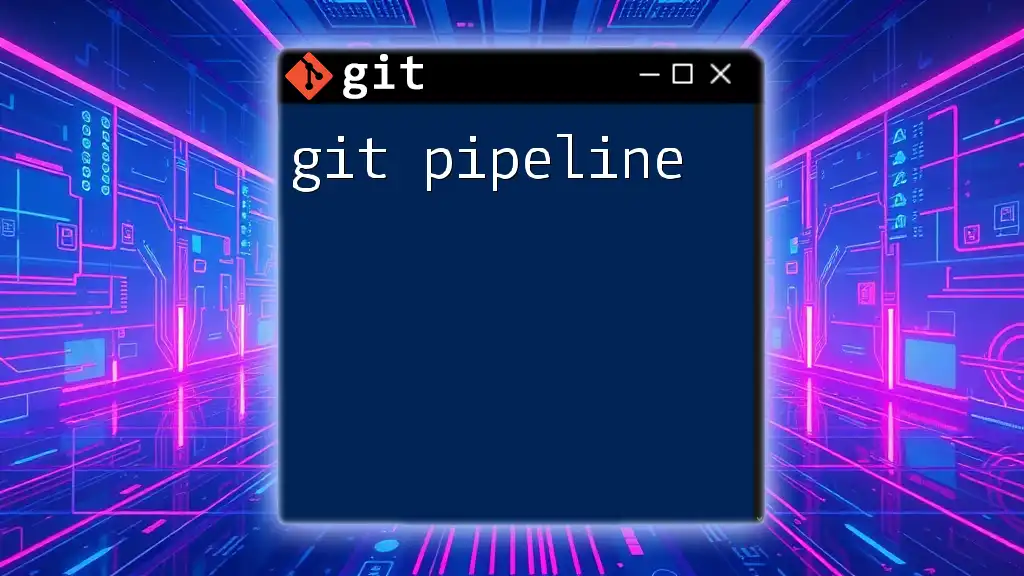
Why Git is Essential for CI/CD
Version Control with Git
Git plays a crucial role in CI/CD by serving as the backbone of version control. It allows teams to track changes, manage code collaboration, and revert to previous versions if necessary. Effective use of Git can streamline the CI/CD process, enabling teams to work concurrently without running into conflicts.
Git Branching Strategies
A well-defined branching strategy can enhance the CI/CD workflow. Here are a few popular strategies:
- Git Flow: This strategy involves using separate branches for features, releases, and hotfixes. It allows for organized development and a clear separation of environments.
- Feature Branching: Each new feature is developed in its own branch, which helps in isolating work until it’s ready for integration.
- Release Branching: This involves creating a separate branch to prepare for a new release, allowing final tweaks without disrupting ongoing development.
Integrating Git with CI/CD Tools
Common CI/CD tools provide seamless integration with Git repositories, enhancing productivity. Popular tools include Jenkins, GitLab CI/CD, and GitHub Actions. Setting up your Git repository to work effectively with these tools involves following best practices in repository structure, creating a `.gitignore` file to prevent unnecessary files from being tracked, and maintaining clear commit messages that reflect project changes.
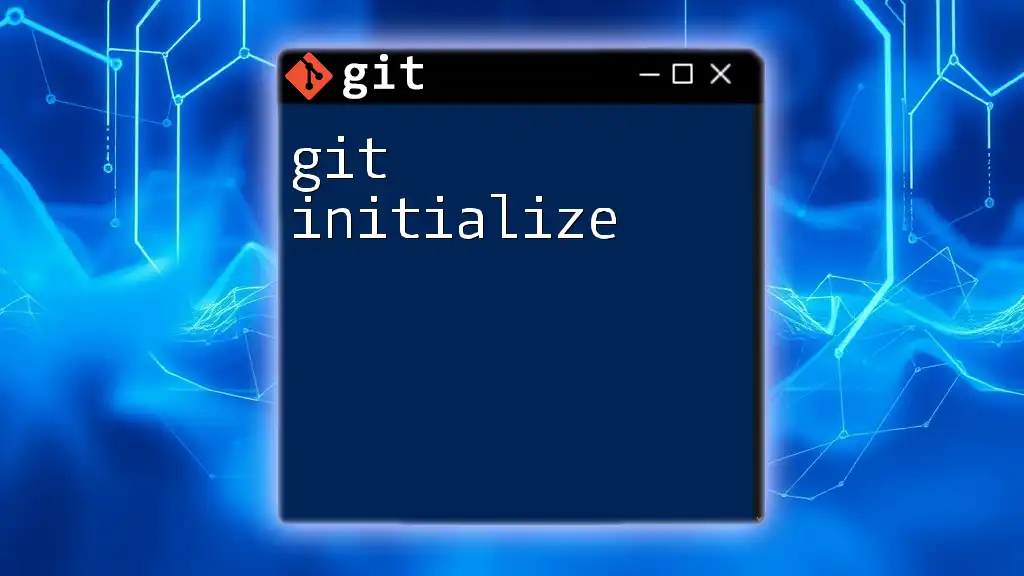
Building a Basic CI/CD Pipeline
Setting Up Your Git Repository
To start, create a new Git repository. This sets the foundation for your CI/CD pipeline:
git init my-repo
cd my-repo
touch README.md
git add README.md
git commit -m "Initial commit"
By following these commands, you initiate a new repository and commit essential files, making your code ready for version control.
Writing a CI Script
CI scripts are essential for automating the build and test process. These scripts usually exist as configuration files, frequently in `.yml` format. For instance, here is how to write a simple CI script for GitHub Actions:
name: CI
on: [push]
jobs:
build:
runs-on: ubuntu-latest
steps:
- name: Checkout code
uses: actions/checkout@v2
- name: Set up Node.js
uses: actions/setup-node@v2
with:
node-version: '14'
- name: Install dependencies
run: npm install
- name: Run tests
run: npm test
This CI script triggers on every push, checks out the code, sets up Node.js, installs dependencies, and subsequently runs tests, ensuring that new changes do not introduce errors.
Setting Up Continuous Deployment
Creating a deployment pipeline is essential for ensuring that your application updates reach production seamlessly. This setup requires defining environments such as staging and production. For example, a simple deployment script could look like this:
name: CD
on:
push:
branches:
- main
jobs:
deploy:
runs-on: ubuntu-latest
steps:
- name: Checkout code
uses: actions/checkout@v2
- name: Deploy to Server
run: |
ssh user@myserver "cd /path/to/app && git pull && npm install && pm2 restart all"
In this script, anytime changes are pushed to the main branch, the updated code is deployed to the specified server, illustrating an effective deployment process with minimal manual intervention.
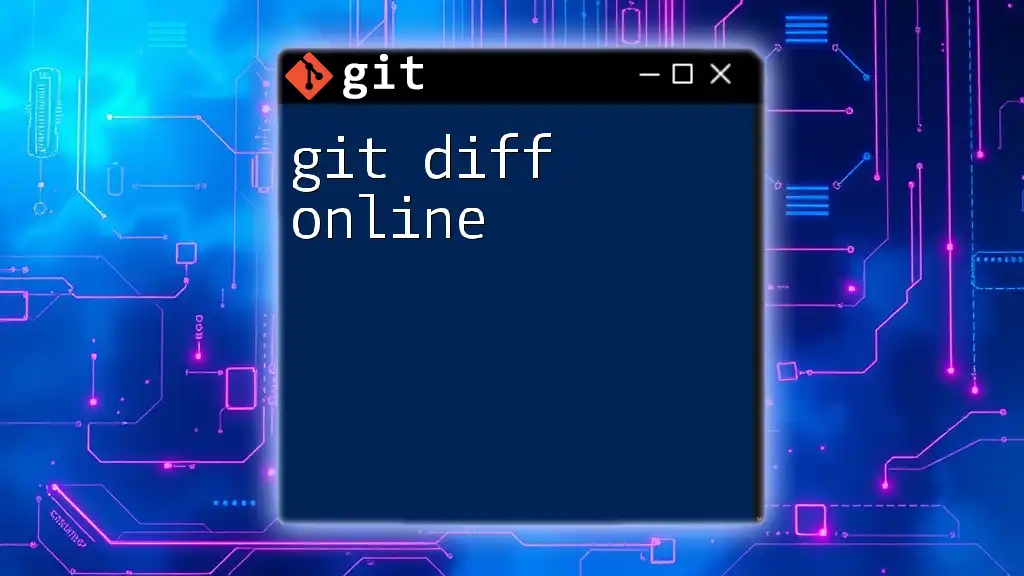
Common Challenges in CI/CD with Git
Dealing with Merge Conflicts
Merge conflicts can arise when multiple working branches alter the same lines of a file. Handling these conflicts effectively is critical in a CI/CD workflow. Strategies for prevention include clear communication within the team, regular integration of branches, and utilizing tools that can automatically resolve some merge conflicts.
Testing in CI/CD
Automated testing is a cornerstone of CI/CD processes. Writing effective tests for your code ensures that errors are caught early. Automated tests can vary from unit tests to integration and end-to-end tests. It is advisable to incorporate testing frameworks relevant to your programming language into your CI/CD pipeline. For example, using JUnit for Java applications or Jest for JavaScript can significantly improve the reliability of your software.
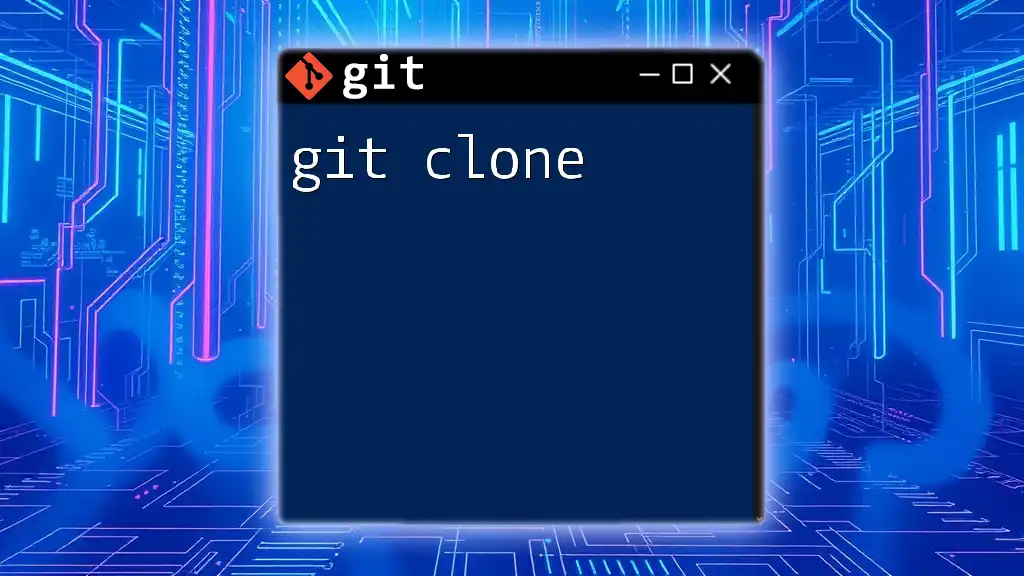
Conclusion
Implementing a Git CI/CD pipeline is essential for any modern software project, enabling teams to deliver quality software quickly and efficiently. With understanding and practice, the principles outlined here can be adapted to suit diverse projects. The next step is to put these concepts into action through hands-on experience, ensuring that you become proficient at leveraging Git for continuous integration and continuous deployment.
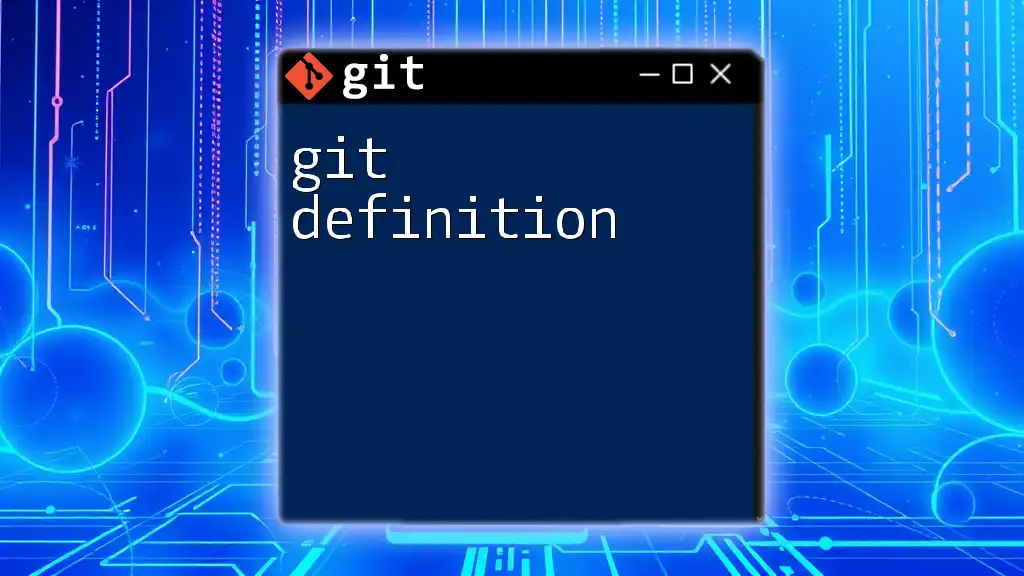
Additional Resources
For further understanding, explore recommended readings and tutorials on CI/CD practices, tools, and best practices. Join community forums or engage in GitHub discussions for support and shared learning experiences. Continuous growth in this area will enhance both your personal skills and the productivity of your development team.

